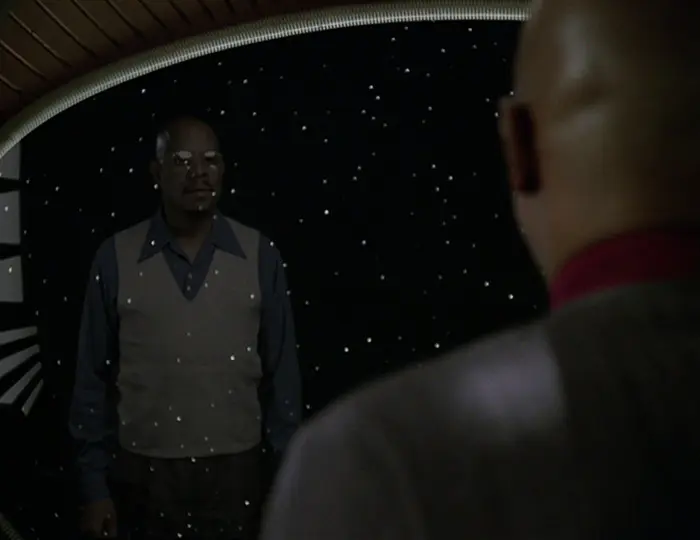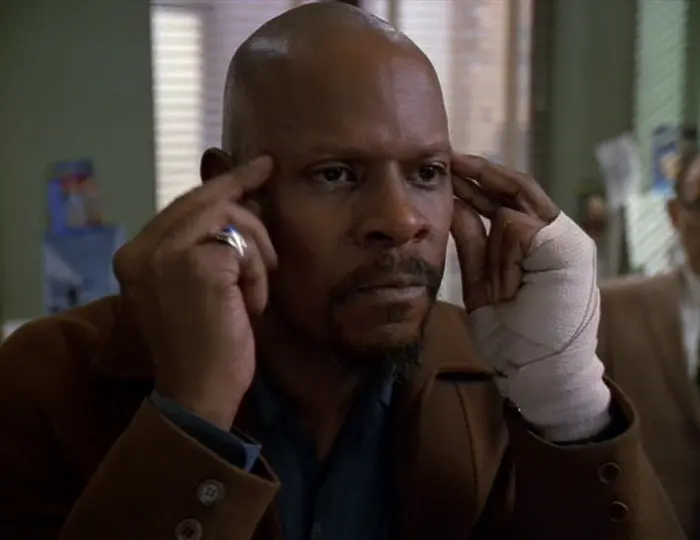
Considered by many of the cast to be their favorite episode of Star Trek: Deep Space Nine, Far Beyond The Stars is a riveting story and masterpiece of science fiction. This episode works on many different levels:
- the vision of Benny Russell helps Benjamin Sisko find the resolve and strength to continue his fight against the Dominion
- in classic Star Trek fashion, it explores contemporary social issues, in this case racism
- it's a commentary on the challenges science fiction writers in the 1950's faced, particularly black writers and women and even those writing for Star Trek: The Original Series
- it's a meta-portrayal of Gene Roddenberry's vision of a brighter future
Let's explore each of these layers in detail below.
Benjamin Sisko's Dilemma
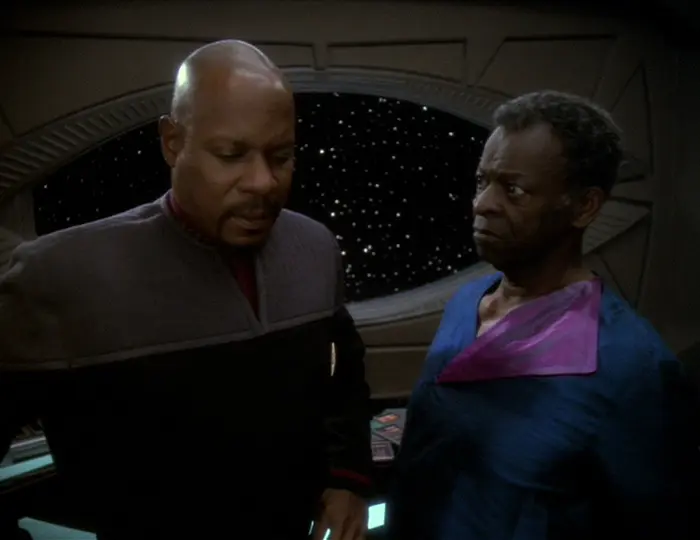
At the beginning of the episode, we find Benjamin Sisko in a rare moment of vulnerability and doubt as he talks with his father:
I don´t know how much more I can take. I don´t know how many more friends I can lose... Maybe it's time for me to step down, let someone else make the tough calls.
Fortunately for him, the Prophets send him a pagh'tem'far, a vision, to help him decide what to do - in the matter of a few minutes, he lives weeks or months as a science fiction writer from the 1950s. His father appears in this alternate reality as a preacher, who convinces him to fight for his story to be published. At one point, he even touches Sisko's ear to feel his pagh, symbolically affirming Kai Opaka's assertion that his pagh is strong.
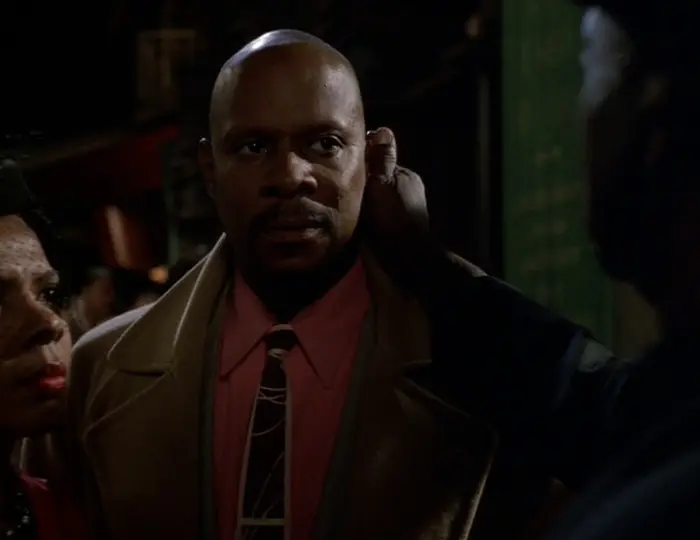
When he recovers from the vision, Sisko once again talks with his father and tells him that he's decided what to do:
The only thing I can do - stay here and finish the job I started. And if I fail...
At this point his father cuts Sisko off and finishes the sentence by quoting the Bible:
I have fought the good fight. I have finished the course. I have kept the faith - 2 Timothy 4:7
Sisko remarks that he's never heard his father quote the Bible before, which implies a mysterious connection to the preacher in Benny Russell's world.
Racism
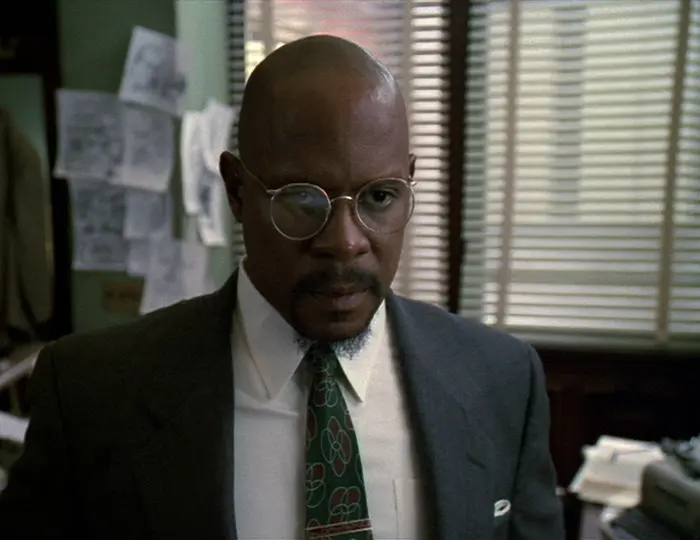
Benny Russell faces overt racism at almost every turn. Initially, the magazine refuses to publish a picture of him (or a woman who is also an author) for fear that readers won't accept the idea that a black man or a woman could be writing these stories. The editor, sympathetic, says he wishes things were different. Benny eloquently responds that "wishing never changed a damned thing" and hardens his resolve.
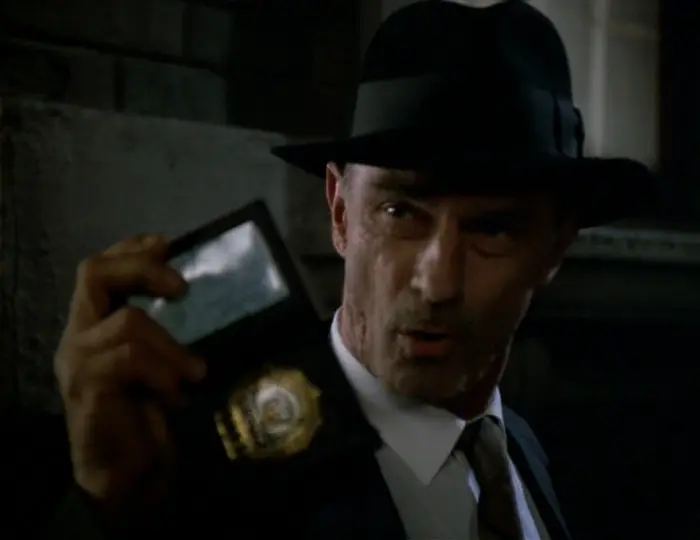
That night, he's harassed by two racist cops after the wind blows his drawing to their feet. They make it clear that they know they have power over him and that they feel superior. A few days later, rather than arresting him, they shoot his friend Jimmy dead in the street when they find him with a crowbar allegedly trying to break into a car. They make it abundantly clear that they don't value Jimmy's life and beat Benny Russell senseless when realizes what has happened to his friend:
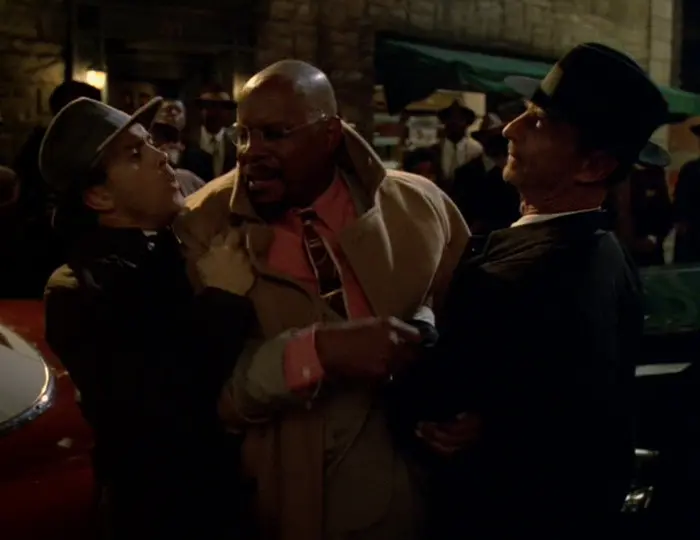
As Avery Brooks so eloquently describes it in The Star Trek Deep Space Nine Companion:
What's insidious about racism is that it is unconscious... It's in the culture, it's the way people think. So that was the approach we took... If we had changed the people's clothes, this story could be about right now.
As I've discussed previously, exploring contemporary cultural and social issues is one of the defining characteristics of Star Trek. This episode poignantly discusses racism juxtaposed against the optimistic backdrop of the 24th century, where racism has been virtually eliminated.
Science Fiction Writers
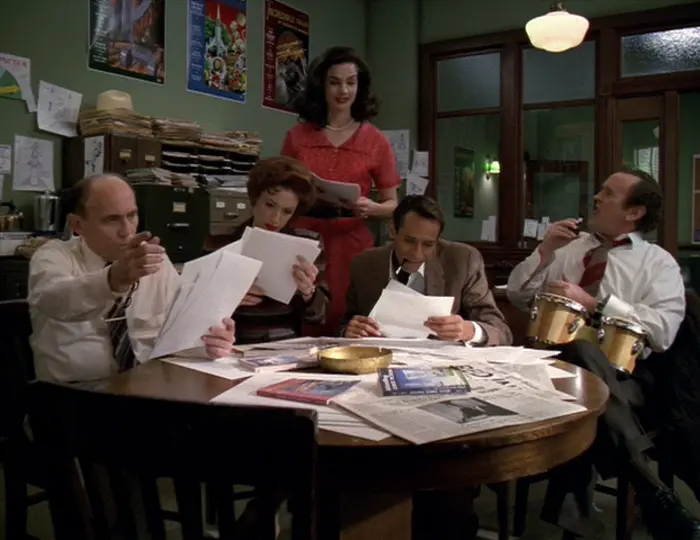
This episode also provides the opportunity to explore what it was like for science fiction writers in the 1950's and Star Trek: The Original Series in particular. It's important to recognize their substantial contributions, which laid the groundwork for all Star Trek that followed. In particular, K.C. Hunter, a woman, is a direct tribute to D.C. Fontana, who also used that name to hide her identity as a woman in the male-dominated writing industry when writing episodes of Star Trek: The Original Series.
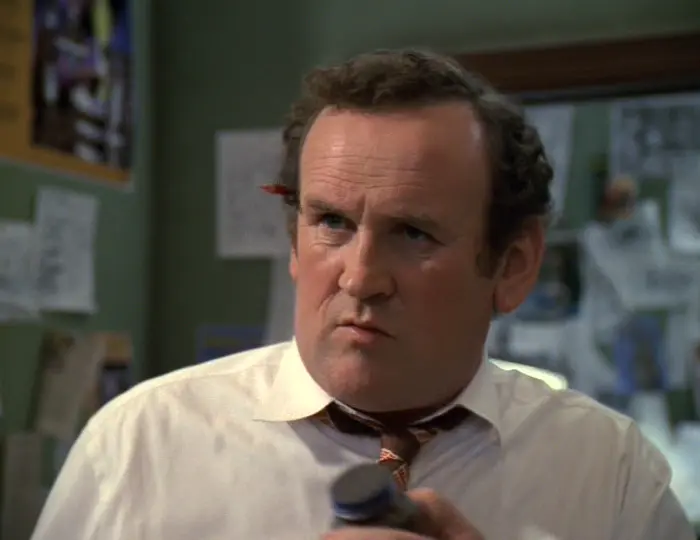
Outside of Star Trek, the character of Albert Macklin is both a reference to Miles O'Brien and his skill at working with technology, and Isaac Asimov (according to The Star Trek Deep Space Nine Companion) who also wrote about robots and also had his first story published by Gnome Press.
Gene Roddenberry's Vision

Portrayed so vividly against the backdrop of racism in the 1950's, Benny Russell's story is Gene Roddenberry's vision of a brighter future where many of humanity's problems, including racism, have been eliminated. As Benny Russell so passionately insists, it doesn't matter if Star Trek is real or not, because the ideas it represents are real:
I am a Human being, dammit! You can deny me all you want but you can't deny Ben Sisko – He exists! That future, that space station, all those people – they exist in here! (pointing to his head) In my mind. I created it. And every one of you knew it, you read it. It's here. (pointing to his head again) Do you hear what I'm telling you? You can pulp a story but you cannot destroy an idea, don't you understand, that's ancient knowledge, you cannot destroy an idea. You cannot destroy an idea! That future, I created it, and it's real! Don't you understand? It is REAL! I created it and IT'S REAL!
We can all take inspiration from the ideas Star Trek embodies and then take action to help bring about that brighter tomorrow.
